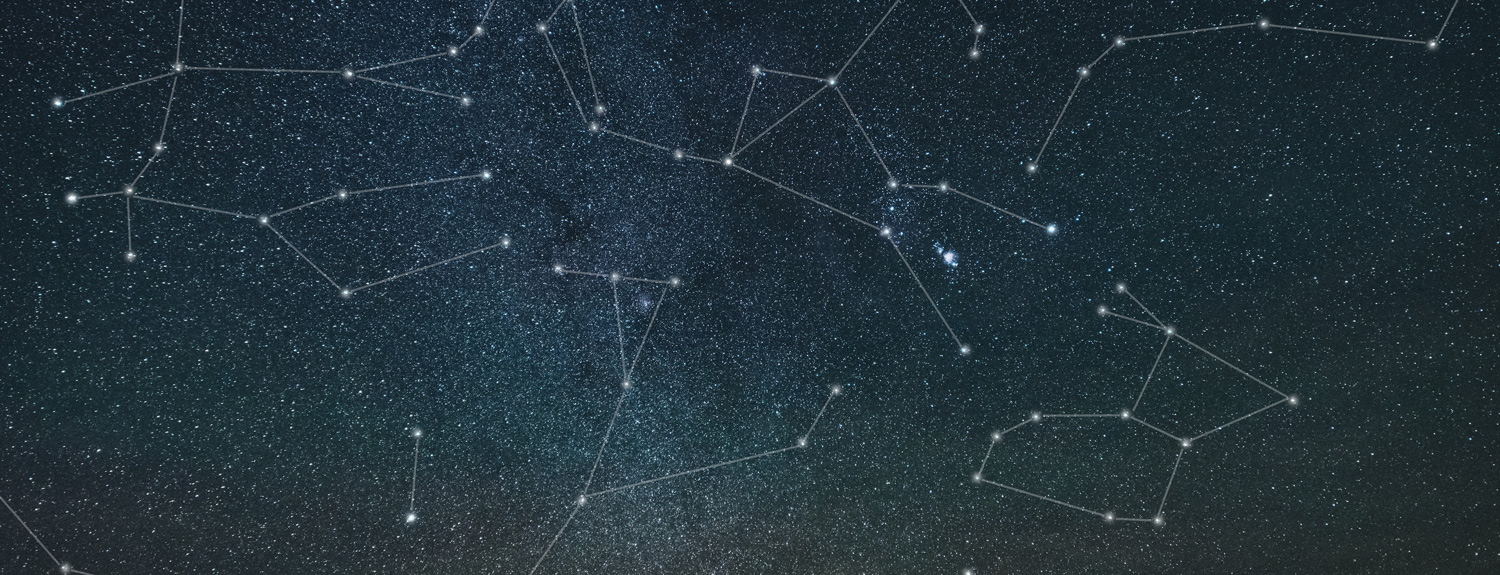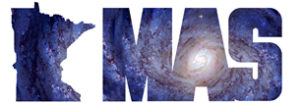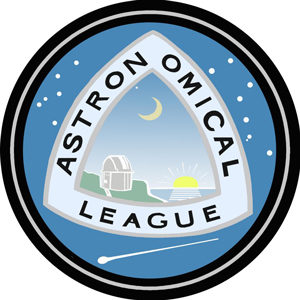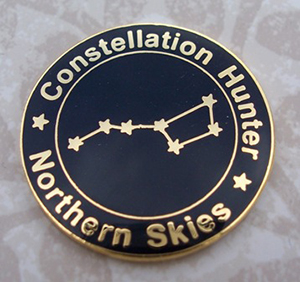Q: Can I participate in this program without submitting for a certificate and pin?
A: Yes. You can observe and sketch just for fun. Learn how to find as many constellations as you want. You do not need to submit anything. Keep all your observations and sketches for your own collection.
Q: Does it cost anything to participate in this program?
A: If you want to participate just for fun, there is no cost to participate. If you want to submit your observations and sketches for the certificate and pin, then you have to become a member of MAS which has a small yearly membership fee.
Q: Do I have to become a member of MAS to receive my certificate and pin?
A: Yes. In order to submit your sketches for the Astronomical League certificate and pin, you must be a member of the Astronomical League (AL) in good standing either as a member of an affiliated society or as a Member at Large.
MAS is the local affiliated society and will review, verify, and submit your sketches to the AL. MAS will then distribute your certificate and pin.
Q: Is there a deadline for submitting my observations as part of the certificate program?
A: No. You can submit your observations any time once you’ve completed all 39 observations and sketches.
Q: What observing equipment do I need to participate in the Constellation Hunters program?
A: None! Telescopes and binoculars are not required. See the materials list for items to help you sketch your observations.
Binoculars, while not required, will give you a deeper look into the star fields that you sketch. You should not include these additional stars and objects on your sketches
Q: What does it mean by “constellation boundaries?”
A: Constellations are more than just the stars that are used to draw in its shape. The sky was divided up into 88 sections as a way to standardize a map of the sky; similar to how the USA is divided up into individual states. A star is considered part of a constellation if it is located within the boundary of that constellation even if it is not part of the line drawing you might see on a star map.
Q: What is seeing? How do I measure it?
A: Seeing is a measure of how stable the sky is. Seeing can be determined in the following way:
E (excellent)—The brighter stars are not twinkling at all.
VG (very good)—The stars are twinkling slightly, but the brighter planets are not twinkling.
G (good)—The brighter planets are twinkling slightly.
F (fair)—The brighter planets are obviously twinkling.
P (poor)—The atmosphere is turbulent. all objects are twinkling to the points where observation is not practical.
For more information on seeing, check out this guide.
Q: What is transparency? How do I measure it?
A: Transparency is a measure of how clear the sky is. It can be measured by using the faintest star you can see in Ursa Minor (the Little Dipper). Here is the scale.
1—If you can’t see Polaris.
2—If you can only see Polaris.
3—If you can see the two stars on the end of the bowl of the Little Dipper (Kochab and Pherkad).
4—If you can see any of the stars in the handle of the Little Dipper.
5—If you can see six of the seven stars in the Little Dipper.
6—If you can see all seven stars in the Little Dipper.
7—If you can see stars near the Little Dipper that are not part of the stick figure.
For more information on transparency, see this guide.






